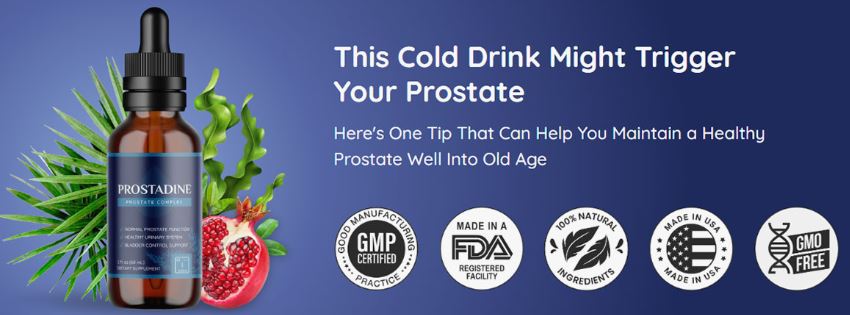A diet for non-alcoholic fatty liver aims to reduce fat in the liver through balanced, regulated, and nutritious eating. Non-alcoholic fatty liver disease (NAFLD) is generally more challenging to treat than alcoholic fatty liver disease (AFL) due to its potential causes and influences, including obesity, high fat foods, diabetes, hypertension, insulin resistance, hyperinsulinemia, and other metabolic disorders.
Because there are numerous factors involved, identifying a specific diet plan for NAFLD patients is nearly impossible. The right diet for someone with diabetes may differ from that of someone without diabetes. However, commonalities among all patients can be identified and used to create diet guidelines for reducing liver fat.
Proper diet and nutrition are vital for liver health because everything consumed passes through the liver before being distributed to the rest of the body. Therefore, the liver is constantly exposed to impurities in the bloodstream.
Non-alcoholic fatty liver is often considered a silent disease as it is usually symptomless until it progresses to a more serious condition such as non-alcoholic steatohepatitis (NASH), cirrhosis, or liver cancer. Prevention through a healthy diet and regular exercise is often the best way to combat the disease.
In general, a diet for reducing fatty liver should be rich in vitamins and minerals, including high amounts of fruits, vegetables, high-fiber foods, and complex carbohydrates that provide a slow, steady source of energy. Fat intake should be closely monitored and limited to no more than 30% of daily caloric intake.
Protein should mainly come from lean white meats (such as chicken and tuna) or vegetable sources like beans and lentils. Alcohol consumption should be stopped or greatly reduced, as should the consumption of sugary soft drinks, fruit juices, and energy drinks.
Here is a short list of 10 liver-friendly foods for NAFLD patients:
– Vegetables (broccoli, leafy greens, legumes, cauliflower, carrots, tomatoes)
– Fruits (oranges, papaya, mango, kiwi, apples, cherries)
– Whole-grain breads
– Brown rice
– Pasta
– Lean white meats (chicken, turkey)
– Salad (as long as the dressing is low-fat, non-fat, or used sparingly)
– Seafood (tuna, shrimp, and other fish except sardines)
– Starch-rich foods (potatoes)
– High-fiber foods (bran)



